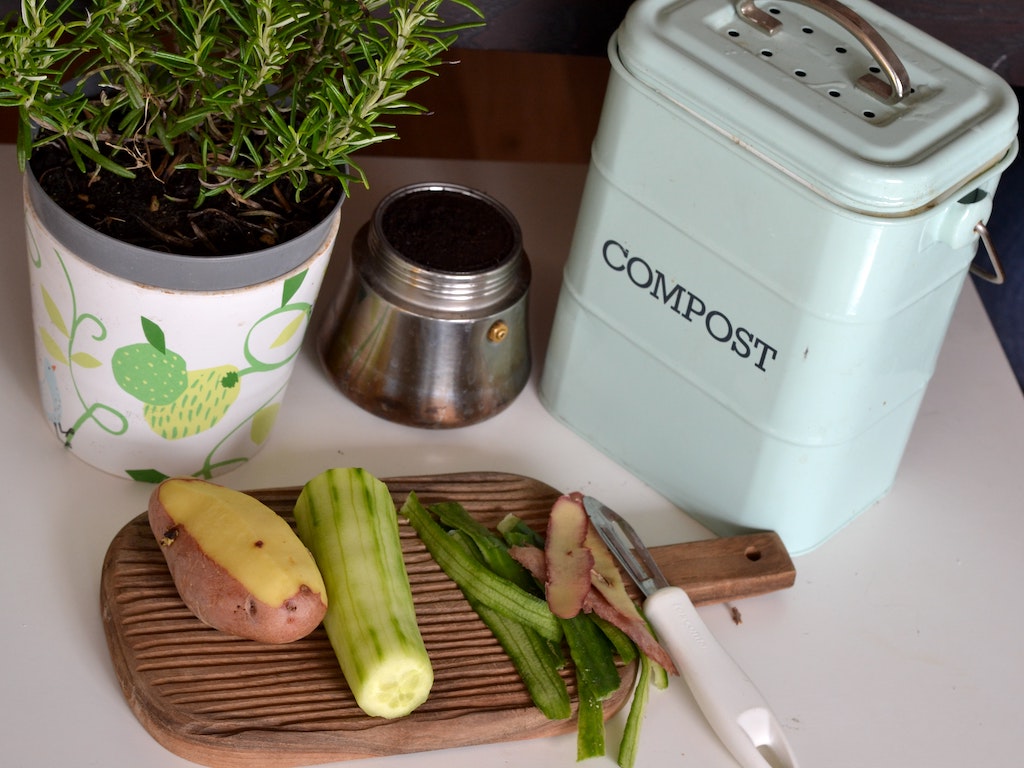9 Mins Read
Composting is one of the most effective ways to minimise food waste, which accounts for 30% of what is thrown away for the average household and contributes 10% of global carbon emissions. According to NGO Feeding Hong Kong, over 3,600 tonnes of food waste are sent to landfill every day. In fact, once you start composting, you will be shocked about how much of your trash is food scraps, expired/old veggies and unwanted meals. Composting is the ideal solution to dealing with food waste. You are helping to divert waste from landfills (so important in Hong Kong where ours are near full) and you are recycling food scraps and other organic materials into a nutrient-rich fertiliser that can be used in gardens. Now, you may be thinking: how can we compost in an urban jungle like Hong Kong? We’re here to help out with this guide to composting in the city.
What is composting?
But first, what exactly is composting? Compost can be used as a soil conditioner and fertiliser in gardens and farms, or even used for biofuel. It is created by recycling organic matter, such as your fruit and vegetable scraps and leftover food, and allowing it to decompose over time.
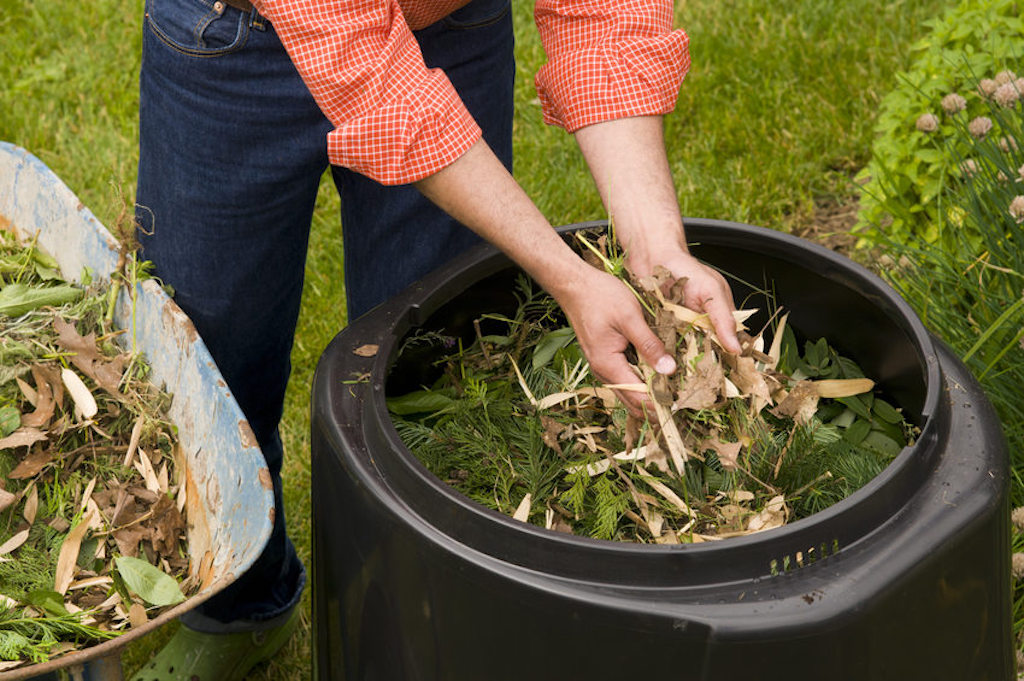
How can I compost my food waste in Hong Kong?
There are many ways to compost your food waste, from doing it yourself at home, to bringing your food scraps to a local composting station or to a local farm. We go through some of the main ways below.
But first a few words of caution: if you are going to embark on DIY composting methods, from a simple bin full of soil to Bokashi or vermicomposting, then you need to be aware of a few things:
- Compost heaps can attract bugs, including cockroaches. There are things you can do to keep this to a minimum but it’s worth keeping in mind.
- You have to be very clear about what you CAN and CANNOT compost at home. Here’s a really good guide.
- You need to get your compost balance right: if it’s too wet, the bacteria will suffocate and cause bad smells; if it’s too dry, you may struggle to get the compost to break down.
- Composting can create unpleasant smells- again, there are ways to improve this but it’s worth keeping in mind.
- Your neighbours may start hating you, because of the aforementioned bugs and smells. But hey, no one said eco activism was easy!
- Your building may not allow you to compost on your balcony/outdoor space- it’s worth finding out first.
- Composting is a hobby that demands some time and experimentation. When you get into it, it can be addictive but it’s worth noting it’s journey and it may take you some time to get he hang of it. Don’t give up!
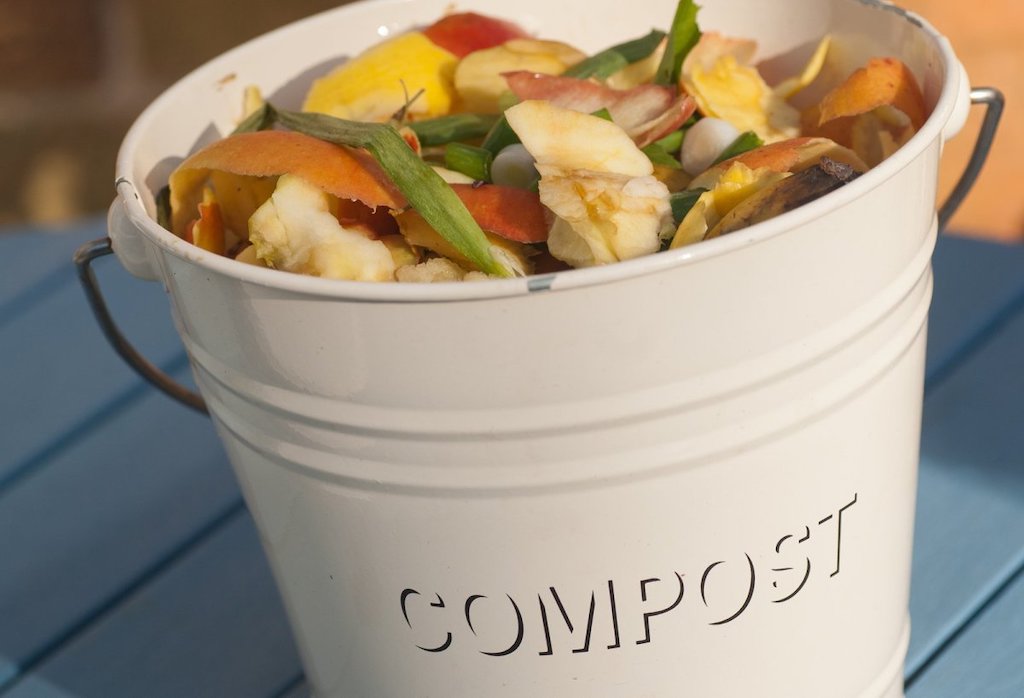
1) DIY composting
If you happen to live in a home with an outdoor space, you’ll be able to practice composting at home using a bin filled with soil, leaves and newspaper. Start by layering torn newspaper and soil inside the bin, and add in your food scraps on top. Over time, you might need to add more leaves, newspaper and soil into the compost bin to bury your food, and stir it at least once a day to allow enough air to enable the bacteria inside to begin decomposing the waste. You’ll be able to use your compost in a few weeks.
If an open bin feels too risky, a great way to start composting at home with a composting tumbler as shown below.
Get the roller composting tumbler at Green Earth Society (HK$ 3,800)
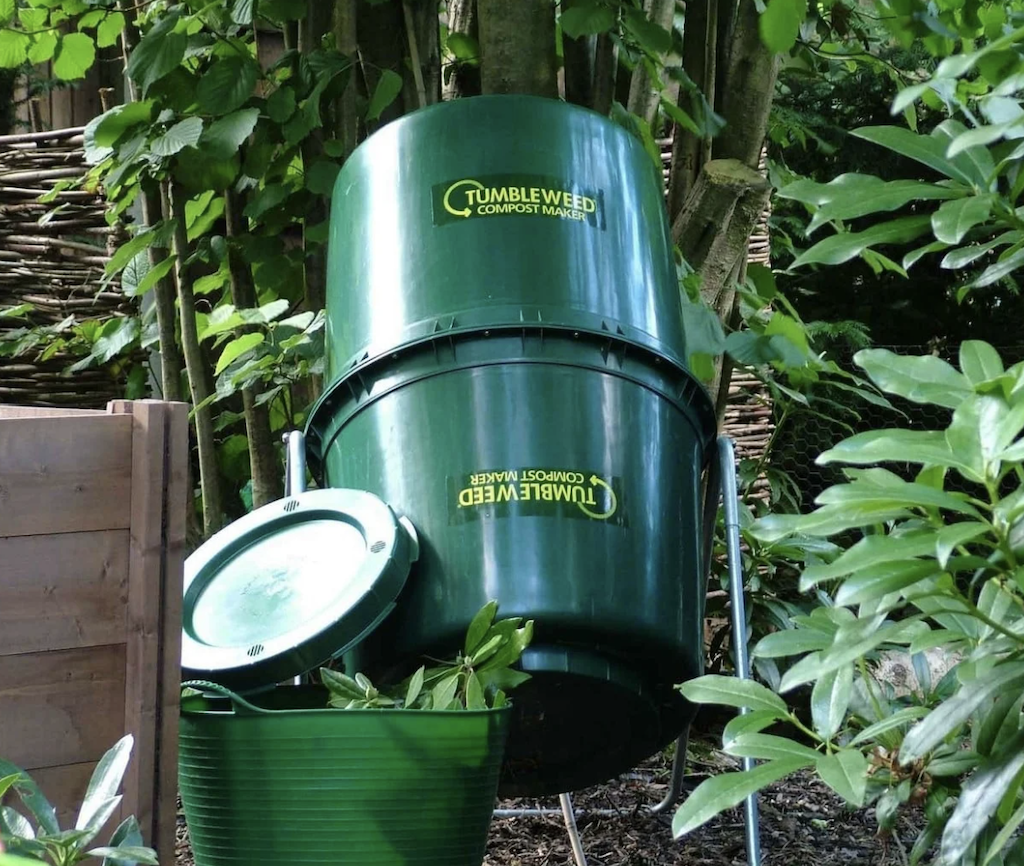
2) Go the Bokashi method
The Japanese Bokashi method is another form of composting at home, and it works if you have a home planter or ideally a small outdoor space such as a balcony. It’s essentially a fermenting process taking place in a bucket with holes to help drain any liquid. After putting your food scraps into a bucket, sprinkle a patented powder containing effective microorganisms and a carbon base, which helps ferment the food waste while neutralising any foul smells and boosting the mineral content of the compost. Every couple of days, empty the liquid, which can be reused to fertilise plants at home. After the first phase of fermentation, move the compost into soil to further decompose it for use in gardening. While it takes most food scraps such as veggies and coffee grounds, avoid putting liquids such as oil, juice and soup.
Get your Bokashi starter kit here at Greeners Action (HK$ 399)
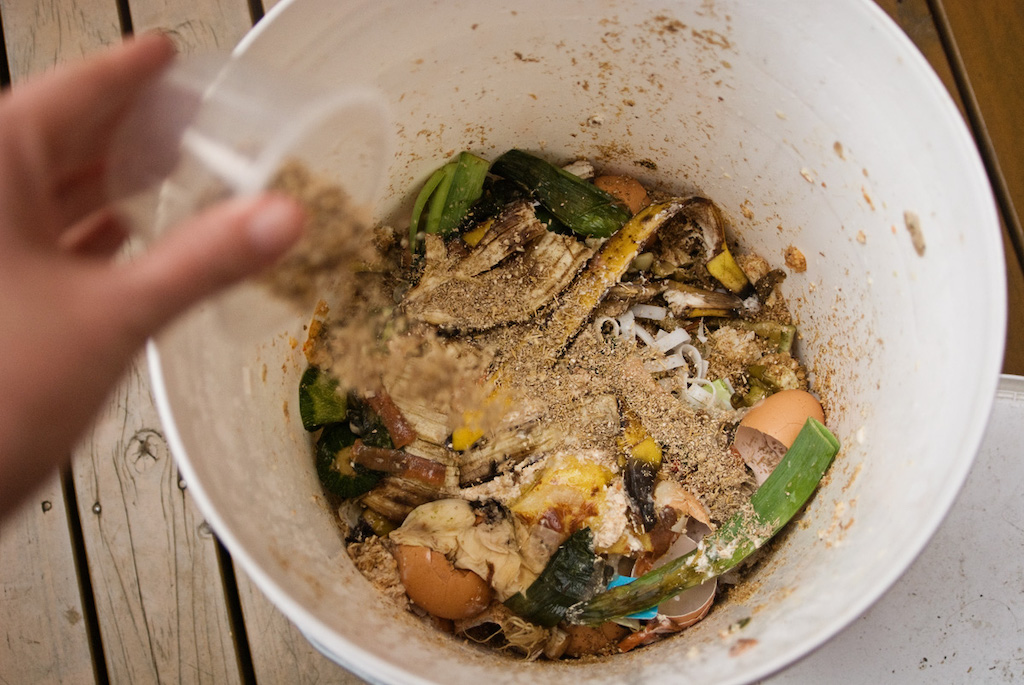
3) Try vermicomposting
Vermicomposting involves using earthworms to turn your food waste into compost. Two main breeds of earthworms are usually used in vermicomposting – Eisenia foetida (red wigglers) or Lumbricus rubellus (red earthworms) – which can be found in most garden centres. Around 1,000 worms are needed to start a wooden worm box, and they begin breeding fast, which will help decompose your food waste. The final product is a rich organic soil that contains a diversity of plant nutrients and beneficial microorganisms. For a step-by-step on how to construct your wooden worm box for vermicomposting, check out this guide.
Here‘s where to get worms for composting in Hong Kong.
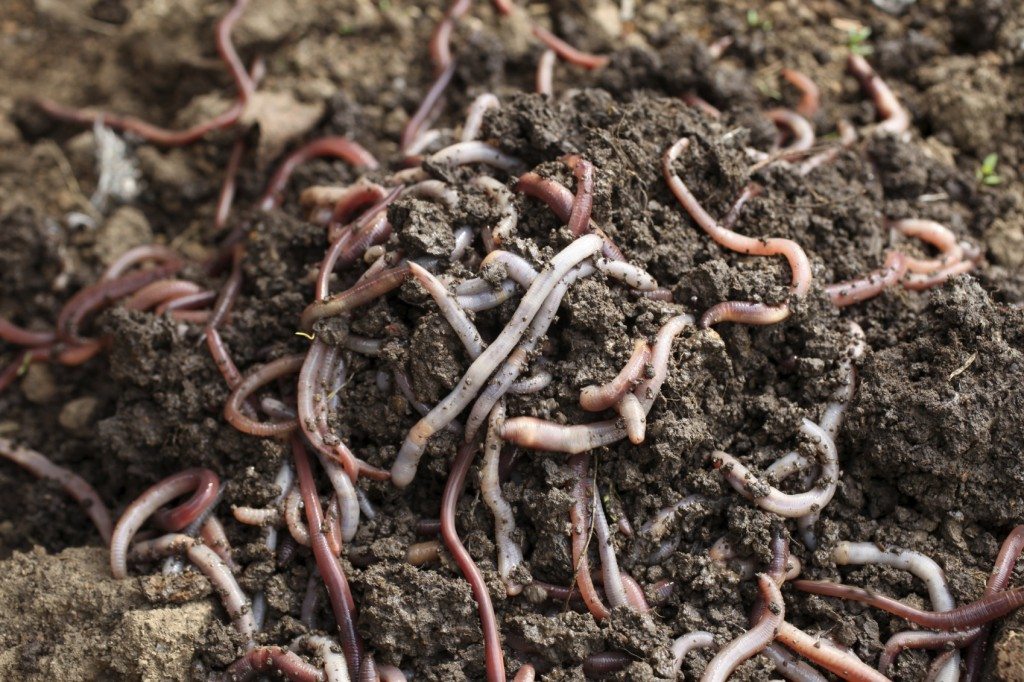
4) Use a home composting machine
If you don’t have outdoor space (or if home composting is too much of a faff), you can invest in a home composting machine. Roughly the size of a normal rubbish bin, the electronic machine is pretty self-explanatory and makes composting as easy as putting your scraps in, then pressing a button. One benefit of this approach is that it is odourless, but on the other hand, it’s a more expensive choice.
Some of the available compost appliances on the market include Whirlpool’s Zera Food Recycler (US$999), which comes with air filters and an additive pack and can churn out compost for a week’s worth of food scraps within 24 hours (plus there’s all sorts of IOT bells and whistles like live updates and reports), and the Oklin GG02 domestic composter (HK$9,400) available at Oklin International, also works its magic in less than a day and the microbes multiply on their own (no need to add more). Another option is the Smart Cara (US$502), an award-winning food waste disposal processing unit (a top-seller in South Korea), which reduces food waste by 80-90% in around 3-4 hours. But the negative is that not all food waste can be added to machines (large meat bones, fruit pits, oily foods and seafood shells are a no-no), and let’s face it, these babies are pricey. Still, it’s definitely the lazy eco activist’s answer to home composting.
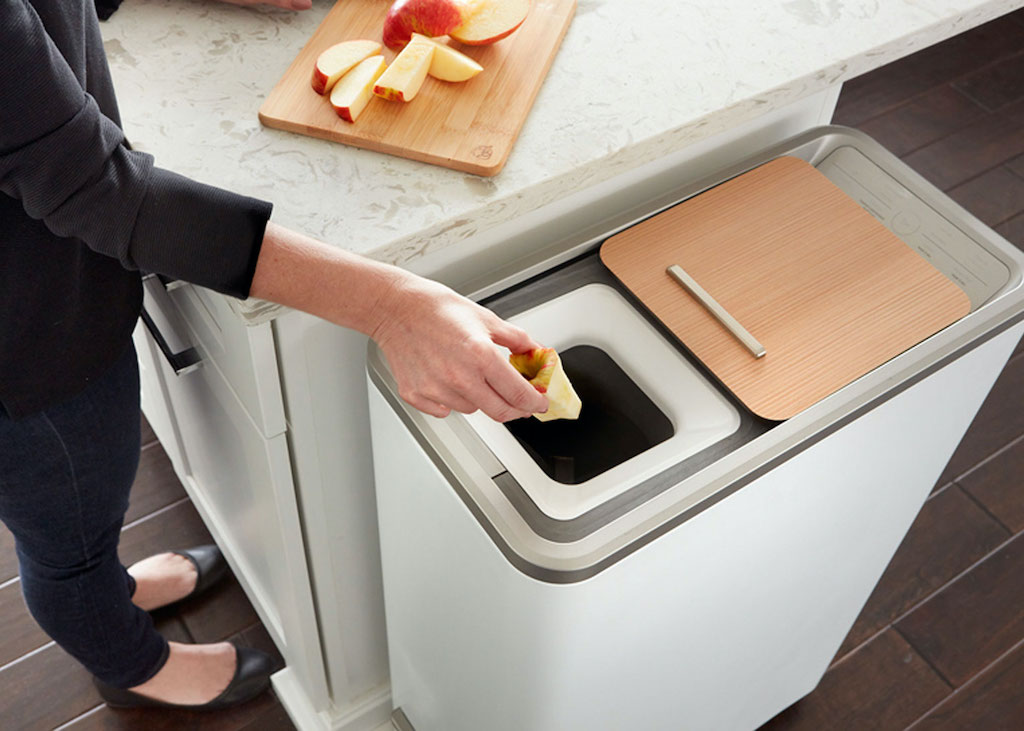
5) Apply for a commercial composting machine
Lead by example and lobby your building for a common composting machine. Run by the Environment and Conservation Fund (ECF), the “Food Waste Recycling Projects in Housing Estates” scheme allows residential buildings to apply to install a composting machine within the estate. Check on the ECF website if your building is a part of the programme, and if not, you can always ask your property management if they could assist in applying for a composting station. This is a great way to get the whole neighbourhood involved and start a conversation on the topic of food waste.
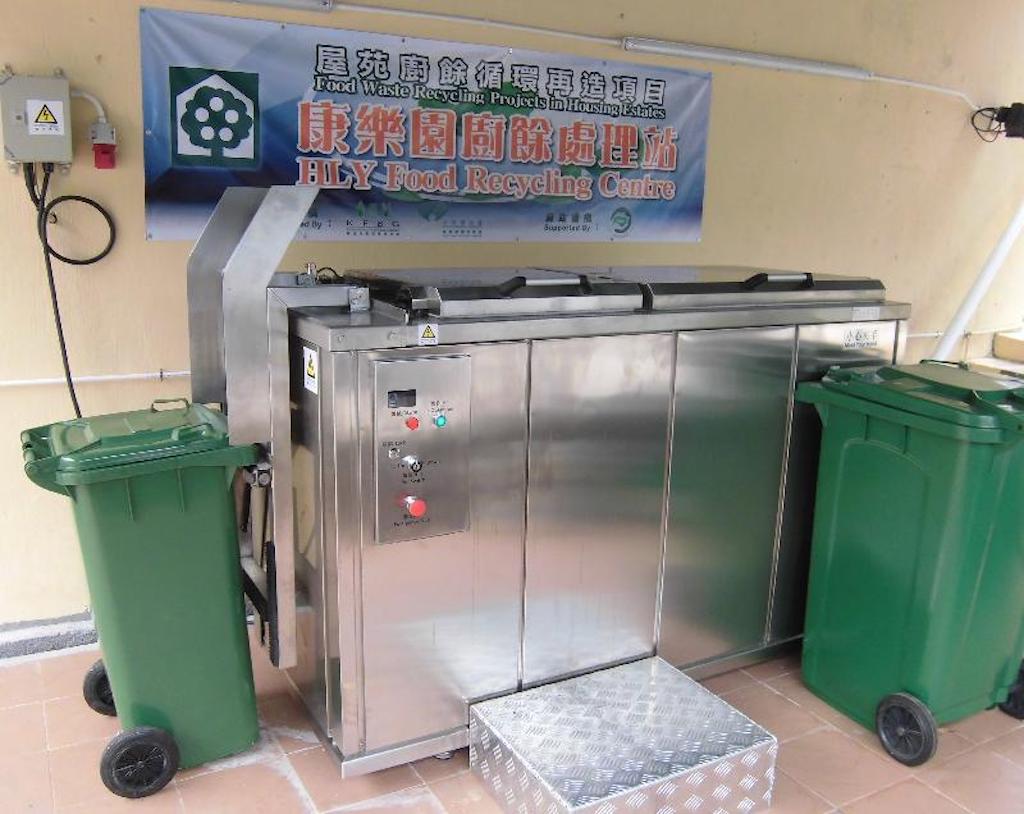
6) Drop off your food waste at Hong Kong Community Composting bins
While we lag behind many world class cities on the composting front, a trio of passionate waste activists launched Hong Kong Community Composting back in 2018 and today they operate common composting bins at across the city, and you can check their website if there is an accessible or nearby bin that you can go to drop off your food waste. You can also contact them if you want to see a new location added and they are really great about making things happen as long as they can guarantee a minimum number of members.
All you have to do is sign up online, upon which you will receive instructions to download a phone app to unlock the bins – the service costs HK$ 110 per month. On your first visit, the team will provide you with certified compostable bags and ensure the process goes smoothly. Instead of ending up in landfills, the compost goes to O-Park1 to be turned into biogas and compost.
Note that they don’t accept everything and you will need to replenish your certified compostable liner bags (Live Zero has good ones).
Hong Kong Community Composting currently has drop-off bins in Sai Ying Pun, Tai Hang, Wan Chai, Sai Kung, Sheung Wan and Pokfulam’s Scenic Villas (for building residents only). Contact them via Facebook.
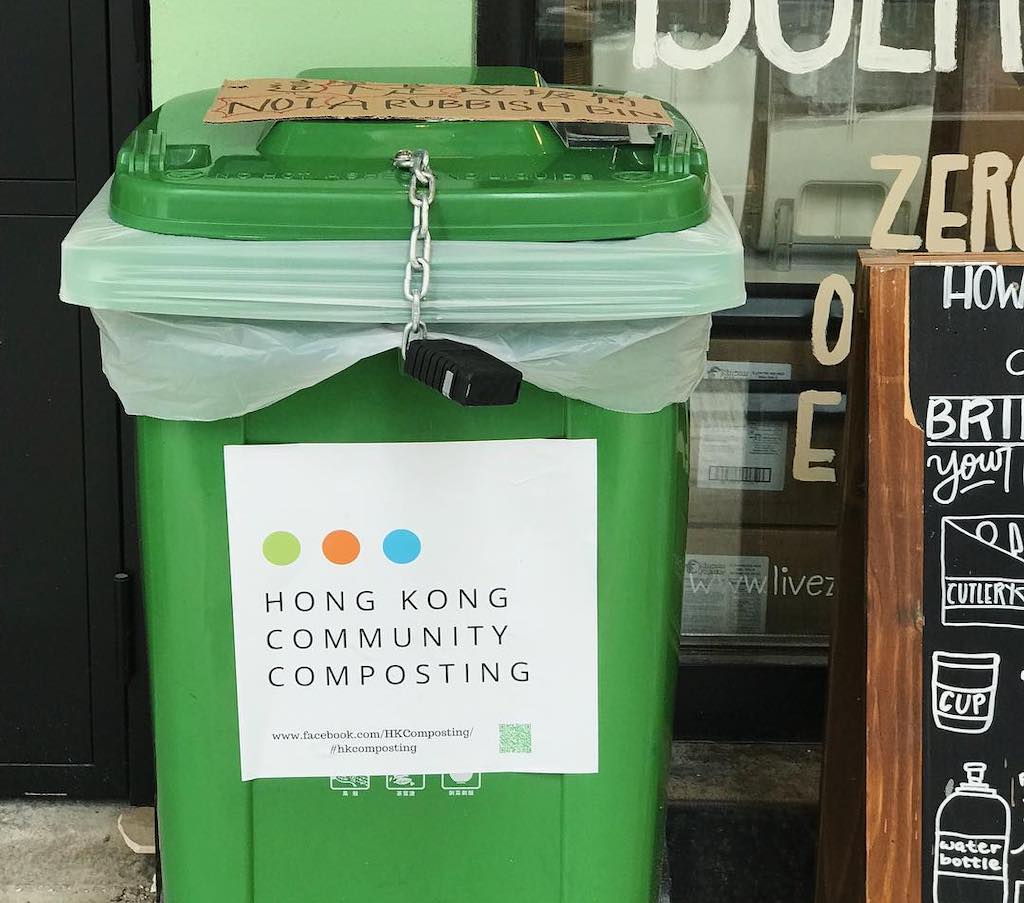
7) Give your food scraps to a local farm
If you happen to know of a local organic farm, you can see if you can deliver your food waste in airtight containers such as a glass jar for farmers to put in their compost. Of course, this only works if you know local farms that do accept food waste for composting, and if you live nearby or can easily access the farm. Still if you are able to connect with a neighbour farmer, this is a really wonderful, circular way to reduce your food waste.
8) Lobby your favourite restaurants to install an ORCA
Always the pioneer, Grassroots Pantry (and then Nectar) was the first restaurant in Hong Kong to have an ORCA machine, a composter that takes in food waste, mimics the natural digestion process into a liquid that can safely flow into the sewage system. It’s described as “hyperlocal” in that it presents an alternative to the traditional truck-and-bin waste collection system, eliminating the emissions associated with transport in addition to cutting food waste. Though some restaurants in Hong Kong do have an ORCA machine already, such as all restaurants under Island Shangri-la, there is serious room for improvement amongst the city’s vast F&B industry. Considering that commercial kitchens are responsible for a huge amount of food waste, getting your favourite restaurants on board with an ORCA can make a huge difference.
Find our more about ORCA Asia’s machines and services.
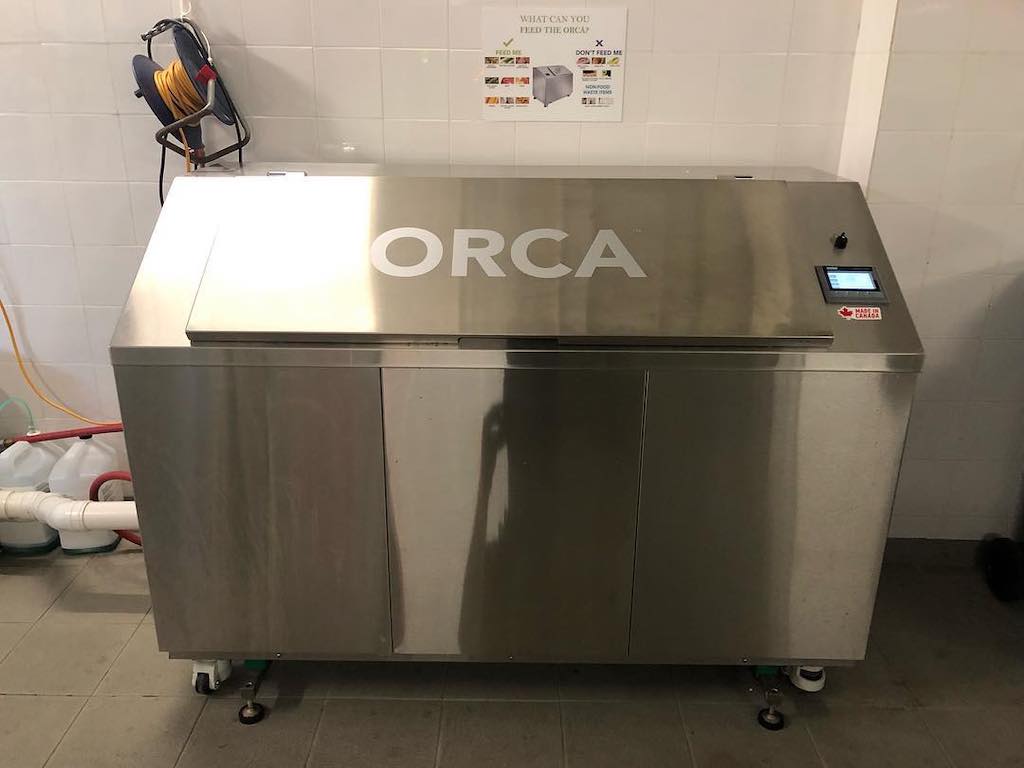
Hong Kong Composting Resources & Events
The following organisations offer composting workshops and or/programmes every so often, check their events calendar:
A few last words about composting
In an article written by Marshall Shepherd, the climate scientist provides some practical advice for those new to composting. Firstly, he says that the best composting results come from a “balance” between nitrogen-rich items such as food or grass, and carbon-rich items such as branches, newspaper and sawdust.
Wondering if you’ve got the right balance? Check out this website where different compostable items are designated into the two categories.
Secondly, if you’re composting at home (without using a machine), try and give your compost pile as much sun as possible in addition to turning it periodically. Heat helps the decomposition and breakdown process of the food, while moving the compost itself helps give enough air for the bacteria to do its work.
Finally, make your compost pieces as small as possible. Again, this will help the decomposition process.
Lead image courtesy of Unsplash.

